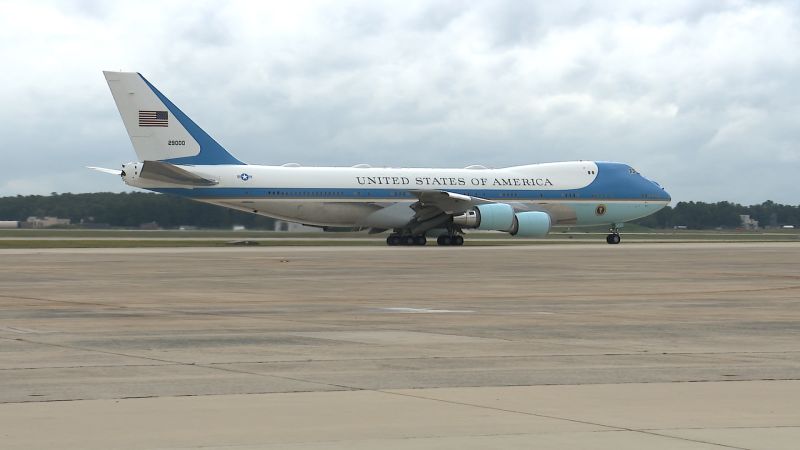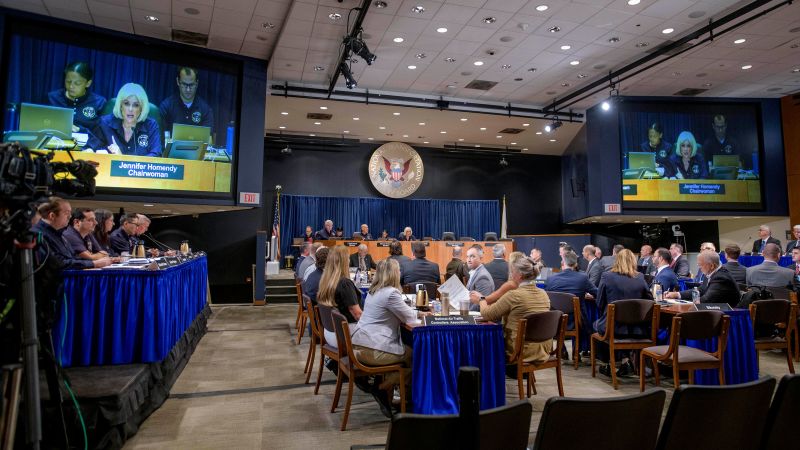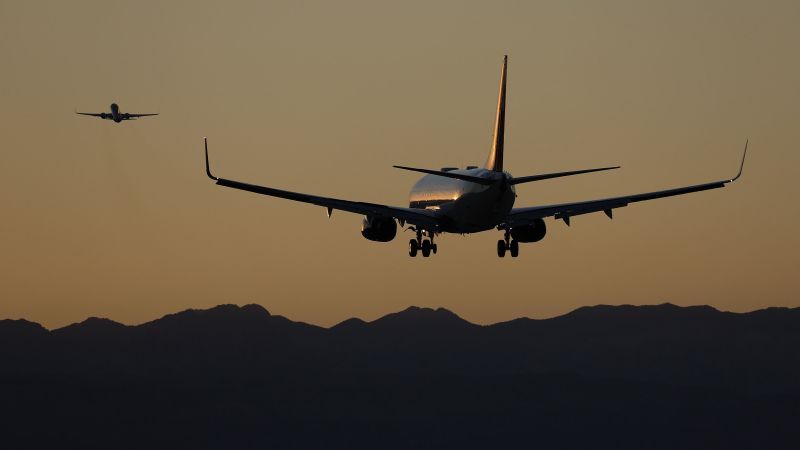
Incident Involving Spirit Airlines Pilot and Air Traffic Control Raises Communication Concerns
Politics | 9/17/2025
A recent incident involving a Spirit Airlines pilot and air traffic control has drawn attention after the pilot received a reprimand for a delayed response to controller instructions. The incident occurred as Air Force One was flying approximately 8 miles away from the pilot’s aircraft. The pilot, identified by reports as being associated with Spirit Airlines, faced criticism for failing to promptly acknowledge the controller’s communication.
The exchange between the pilot and air traffic control highlights the importance of timely and precise radio communication protocols, especially in proximity to high-profile aircraft such as Air Force One. The controller’s admonishment of the pilot underscores the critical nature of maintaining vigilance and responsiveness in busy airspace scenarios.
In response to the incident, a spokesperson for the Federal Aviation Administration (FAA) emphasized the significance of adherence to communication procedures for ensuring aviation safety. The FAA spokesperson stated, “Effective communication between pilots and air traffic controllers is paramount to safe and efficient air travel.”
While the specific details of the interaction between the Spirit Airlines pilot and air traffic control have not been fully disclosed, the incident serves as a reminder of the stringent standards expected of airline pilots regarding communication and attentiveness during flights. The FAA is known for enforcing strict regulations to uphold aviation safety, including adherence to radio communication protocols to prevent potential misunderstandings or risks in the airspace.
As the aviation community continues to prioritize safety and operational efficiency, incidents like these underscore the ongoing need for pilots to uphold vigilant communication practices and responsiveness to air traffic control directives. Adherence to established protocols remains a cornerstone of safe flight operations, ensuring the well-coordinated and secure movement of aircraft within the national airspace system.


